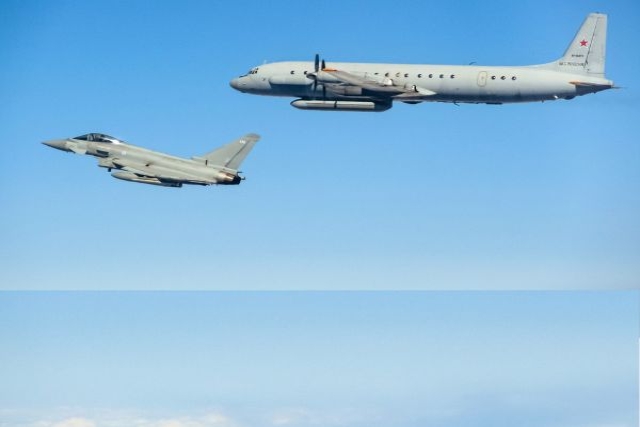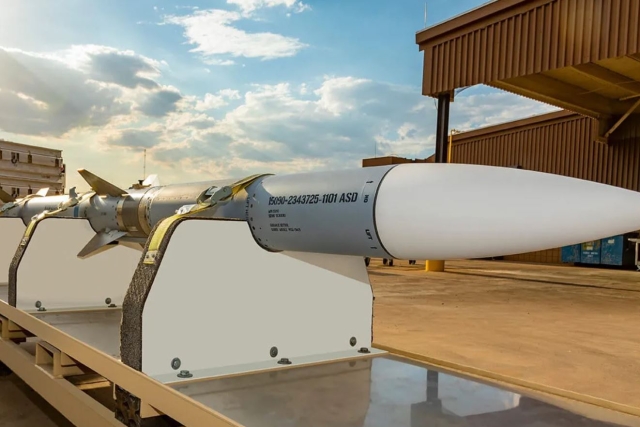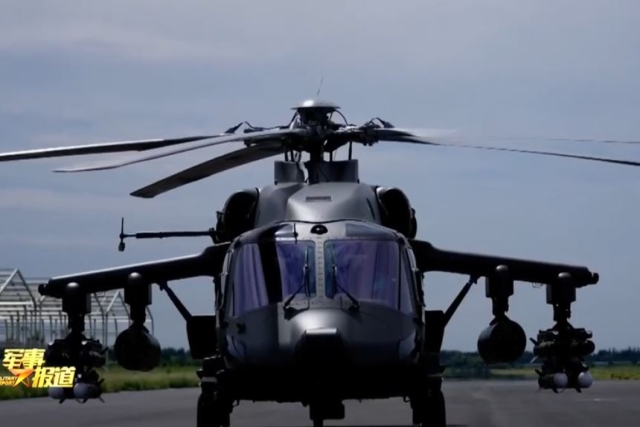GE Aviation, FAA sign Unmanned Aircraft research agreement
GE Aviation today announced entering into a Cooperative Research and Development Agreement (CRDA) with the Federal Aviation Administration (FAA). The government-GE Aviation collaboration will provide a variety of operational and technical assessments to support integration of Unmanned Aircraft Systems (UAS) into the National Airspace Systems (NAS) including the assessment of Next Generation (NextGen) Trajectory-Based Operations (TBO). “Under this Agreement we will be accomplishing an aviation first by completing the research to facilitate flight of an Unmanned Aircraft System with an FAA certified, trajectory-based flight management system,” said Chris Beaufait, president of Avionics for GE Aviation. “Safe integration of UAS into our national airspace will include trajectory-based flight management as an enabler. This CRDA directly supports development of the FAA NextGen Air Traffic Management System”. This Agreement provides a safe and effective means to evaluate Trajectory Based Operations Unmanned Aircraft Systems in the National Airspace. Simulation will be conducted at the FAA’s William J. Hughes Technical Center beginning this fall and will continue for two years. The research under this Agreement will be complemented by related industry cooperative agreements supported by FAA, including an agreement between AAI Corporation and GE. GE Aviation’s participation will include adapting its FAA certified flight management system to achieve reliable trajectory-based control of UAS including demonstration flights of an AAI Shadow Tactical Unmanned Aircraft System in 2009. The results of these cooperative efforts will demonstrate the ability to integrate certified flight management capability into existing U.S. military UAS as an enabler for operations in national airspace. GE Aviation plans to work with our industry partners to commercialize a trajectory-based control system for UAS producers and operators. Technology derived from this collaborative research will also be folded back into GE Aviation’s commercial Flight Management System to support advanced capabilities.










